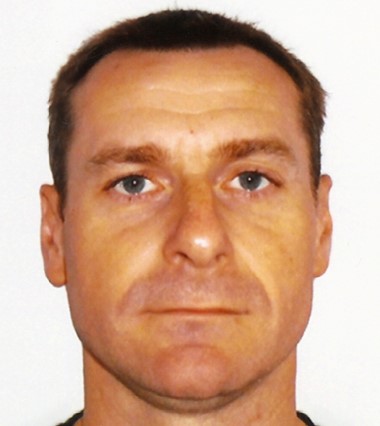
Zbyněk Malenovský is a remote sensing scientist at the University of Bonn (Germany) since 2022, holding PhD in Production Ecology and Resource Conservation from the Wageningen University (Netherlands, 2006). He worked as a research scientist at the Czech Academy of Sciences, the NASA Goddard Space Flight Centre, and the Universities of Tasmania, Wollongong, and Zürich. His research interest is scaling of optical signals reflected, transmitted, and emitted from plant leaves to airborne and space-borne observations using physical radiative transfer modelling. He developed machine-learning based imaging spectroscopy methods to quantify plant bio-chemical/-physical, and eco-physiological traits indicating environmental impacts such as stress.
The state-of-the-art remote sensing phenotyping uses data collected with various optical sensors operated in laboratory, field, from tower, drones, aircrafts, and satellite platforms. Machine learning algorithms (e.g., a deep-learning neural network) are often used for an efficient interpretation of such a big multiscale data, transforming the optical signals in specific information about plant phenotype traits. Yet, to be successful, this approach requires a robust and comprehensive knowledge base for:
i) achieving accurate machine-learning training process, ii) understanding what type of optical data are most suitable for phenotyping trait retrievals, and iii) optimizing technical specifications of sensors acquiring the optical data. Coupled leaf and canopy radiative transfer models (RTMs), simulating light interactions within plant canopies, provide virtual environments suitable to generate such required knowledge base. The modern three-dimensional (3D) RTMs, such as Discrete Anisotropic Radiative Transfer (DART; https://dart.omp.eu/), adopted new physically based Monte-Carlo rendering algorithms, the case of DART LuxCoreRender, allowing for fast and computationally efficient simulation of spectral remote sensing image data with any spatial sampling distance and at any wavelength. Apart from top-of-atmosphere or top-of-canopy air- and space-borne images of reflected light, DART can also simulate solar induced chlorophyll fluorescence (SIF), all kinds of light detection and ranging (LiDAR) signals and full 3D radiative budget of simulated electromagnetic energy fluxes. Therefore, DART and similar RTMs are ideal tools suitable for several phenotyping purposes, for example: i) forward simulations of leaf/plant optical measurements stored in multidimensional databases (look-up-tables), ii) inversion of these simulated optical signals to interpret actual laboratory and field observations of individual plants or canopies, iii) sensitivity analyses identifying key drivers of simulated systems, iv) optimization of optical sensors’ performance, or v) simulation of physically unfeasible laboratory and field phenotyping experiments.
Zbyněk Malenovský1,2, Omar Regaieg3, Yingjie Wang3, Tiangang Yin4,
Nicolas Lauret3, Jordan Guilleux3, Eric Chavanon3 & Jean-Philippe Gastellu-Etchegorry3
1 Department of Geography, University of Bonn, Bonn, Germany
2 School of Technology Engineering and Design, University of Tasmania, Hobart, Australia
3 CESBIO – UPS, CNES, CNRS, IRD, INRAE, Université de Toulouse, Toulouse, France
4 NASA Goddard Space Flight Centre, Greenbelt, USA